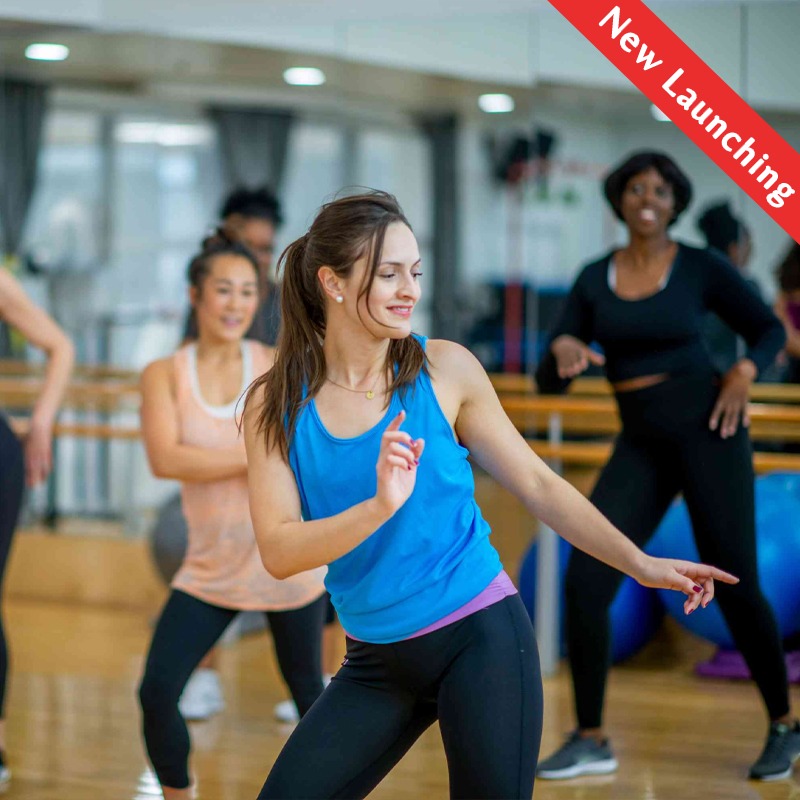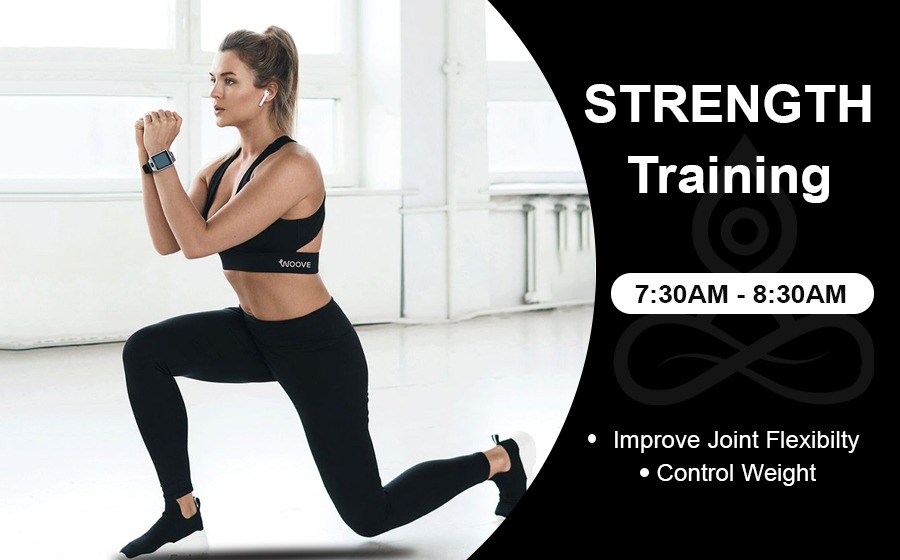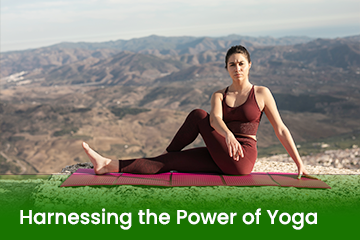Introduction:
In a fast-paced world filled with constant stressors and pressures, anxiety disorders have become increasingly prevalent. Fortunately, there's a holistic approach that offers hope and relief: yoga therapy. In this blog, we'll explore the profound benefits of yoga therapy for anxiety disorders, along with practical techniques and strategies to promote mental well-being.
Understanding Anxiety Disorders:
Anxiety disorders encompass a range of conditions characterized by persistent worry, fear, and apprehension. From generalized anxiety disorder (GAD) to panic disorder and social anxiety disorder, these conditions can significantly impair daily functioning and diminish overall quality of life. While medications and therapy are commonly prescribed treatments, many individuals seek complementary approaches like yoga therapy for additional support.
The Power of Yoga Therapy:
Yoga therapy is rooted in ancient wisdom and offers a holistic approach to healing that addresses the interconnectedness of mind, body, and spirit. Unlike traditional yoga classes, yoga therapy tailors practices to individual needs, making it suitable for people of all ages and abilities, including those with anxiety disorders. Through a combination of mindfulness practices, relaxation techniques, breathwork exercises, and yoga poses, individuals can cultivate a sense of inner peace and emotional balance.
Mindfulness Practices:
Mindfulness is a central component of yoga therapy for anxiety disorders. By bringing focused attention to the present moment without judgment, individuals can break free from the cycle of anxious thoughts and worries. Mindfulness practices such as body scans, mindful breathing, and guided imagery promote relaxation and help individuals develop a greater sense of self-awareness.
Relaxation Techniques:
Deep relaxation is essential for soothing the nervous system and reducing anxiety levels. Yoga therapy incorporates various relaxation techniques, including progressive muscle relaxation, autogenic training, and yoga nidra (yogic sleep). These practices induce a state of deep relaxation, allowing individuals to release tension and experience profound peace.
Breathwork Exercises:
The breath is a powerful tool for calming the mind and alleviating anxiety. Yoga therapy emphasizes the importance of conscious breathing techniques such as diaphragmatic breathing, alternate nostril breathing, and ujjayi breath. By synchronizing breath with movement, individuals can regulate their nervous system response and promote a sense of calmness and tranquility.
Yoga Poses:
Certain yoga poses are particularly beneficial for reducing anxiety and promoting relaxation. Gentle, restorative poses like Child's Pose, Legs-Up-the-Wall, and Corpse Pose help release tension from the body and quiet the mind. Additionally, standing poses like Warrior II and Tree Pose build strength and stability while fostering a sense of groundedness and confidence.
Coping Strategies:
In addition to formal yoga practices, yoga therapy equips individuals with practical coping strategies for managing anxiety in daily life. These may include setting boundaries, practicing self-care, establishing a regular sleep routine, and cultivating supportive relationships. By integrating these strategies into their lifestyle, individuals can enhance resilience and promote overall well-being.
Conclusion:
Yoga therapy offers a holistic approach to healing anxiety disorders, empowering individuals to cultivate inner peace and resilience. By incorporating mindfulness practices, relaxation techniques, breathwork exercises, yoga poses, and coping strategies into their routine, individuals can embark on a journey of self-discovery and transformation. With dedication and practice, yoga therapy can become a powerful tool for managing anxiety and reclaiming a sense of balance and harmony in life.








 Ekamyoga
Ekamyoga